4 Mins Read
Three years ago, Hong Kong-based Sally Lim embarked on her low-waste journey, choosing plastic-free and switching to reusable bags and containers. These switches were easy, but when her watch broke, she found it incredibly difficult to find a replacement that was truly plastic-free, from foam-lined packaging to polyester straps. That’s when she decided to team up with industry veteran Ron Zhang to build sustainable watches.
It took years for the duo to come up with product designs, source materials, establish a transparent supply chain and finalise the brand. But Lim and Zhang believe it was worth the time and effort. Now, 2°EAST has finally launched, offering its minimalist yet chic watch collection in Hong Kong, featuring eco-friendly materials and designed with longevity in mind, to suit any occasion.
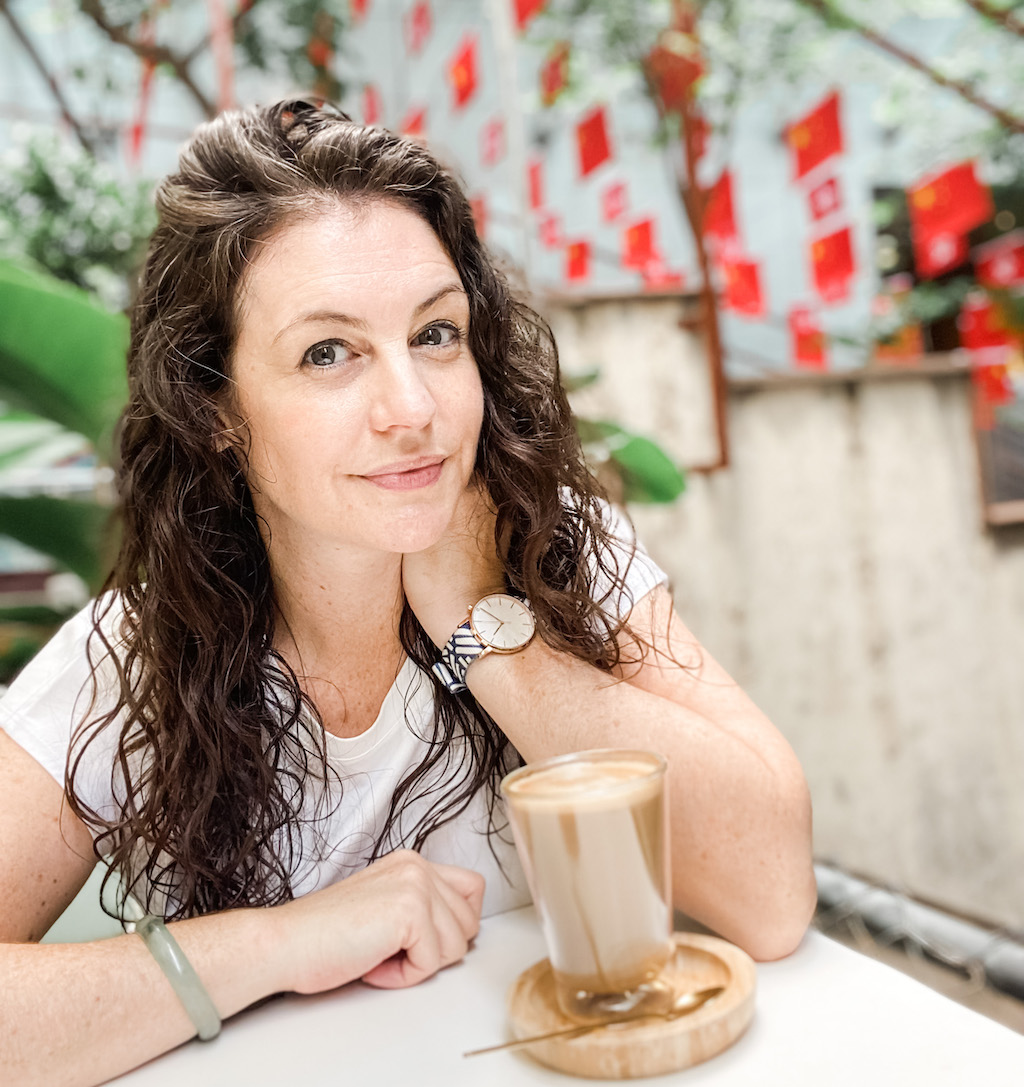
For Lim, who originally hails from Australia, the brand’s entire concept is “sustainable and ethical from day one”, putting it ahead of the curve as established labels on the market “scramble to rework their businesses” in response to changing consumer trends. Younger generations such as millennials and Gen Zs are increasingly conscious about brands’ values and the impact of their purchases.
2°EAST watches
The 2°EAST collection offers plastic-free watches in Stainless Steel and Rose Gold Plated cases, both with the option to choose between a simple black or white dial. All straps are interchangeable, with customers able to buy extra straps instead of a brand new watch to mix-and-match and refresh their look for any style or occasion. A wide variety of sizes are available, including for men, women and children.
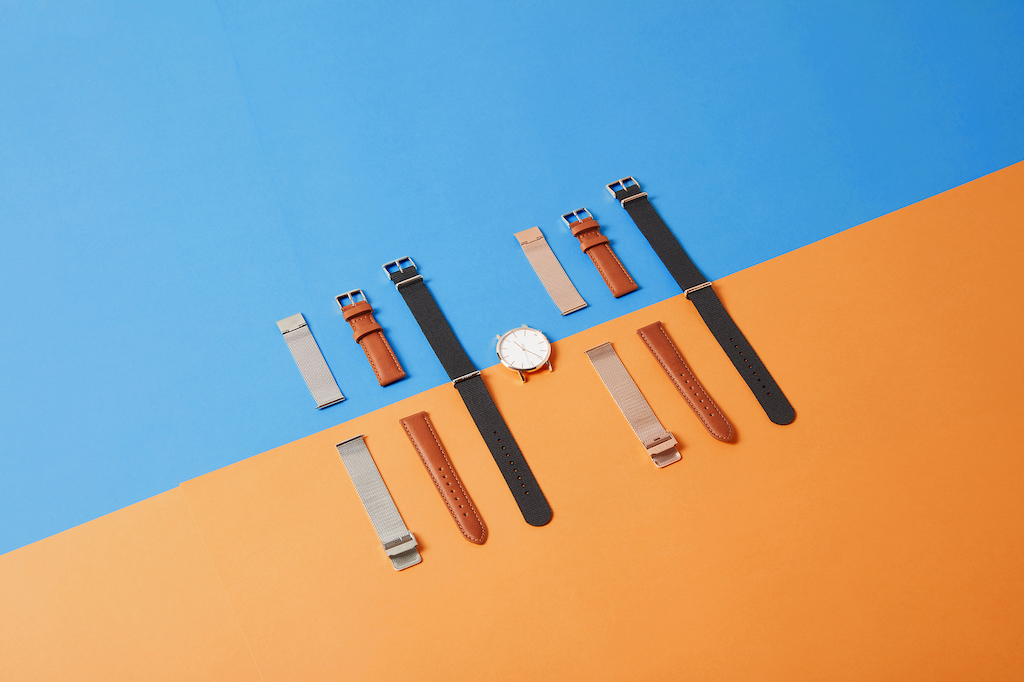
“Every step from the initial sketches, to production, to marketing strategy has been reviewed against our commitment to creating a product that is environmentally and socially responsible,” Lim explains. For instance, no plastic holders and spacers are used inside the watch, which is usually placed between the dial and crystal, thanks to the precise measurements 2°EAST came up with.
Strap designs range from printed colourful patterns on NATO straps, such as trendy tropical fruits to simple triangle shapes, to elegant fine silver or rose gold mesh. While the former NATO straps are made from recycled yarns containing recovered plastic bottles, which can also be thrown in the washing machine together with delicates and socks, the metal-based watches are plated in a sustainable manner.
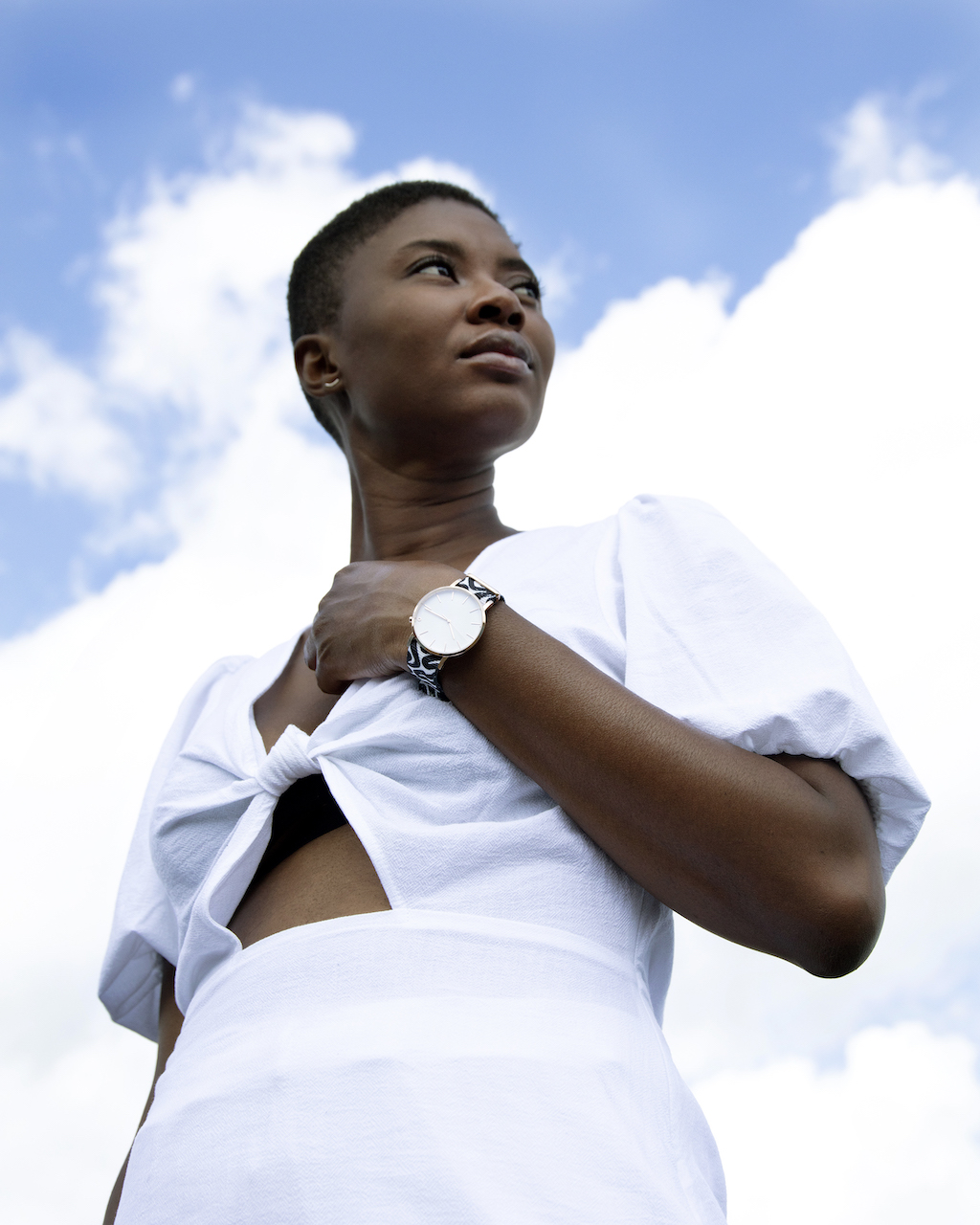
The rose gold finishing, for instance, is applied using a dry-plating method that minimises water pollution and hazardous run-off produced in conventional manufacturing. It also means fewer GHG emissions and lasts around 10-times longer than standard plating methods, says 2°EAST, which further adds to the durability of its watches.
Sustainable packaging and supply chain
Aside from the product design itself, Lim says the entire company’s supply chain is committed to upholding its sustainable values. Each watch is sold and packaged in 100% recycled and recyclable craft paper, which is printed on with eco-friendly ink. While plastic is used during the transportation process to protect the delicate watches from factory to retail, these protective materials are returned and reused for the next shipment.
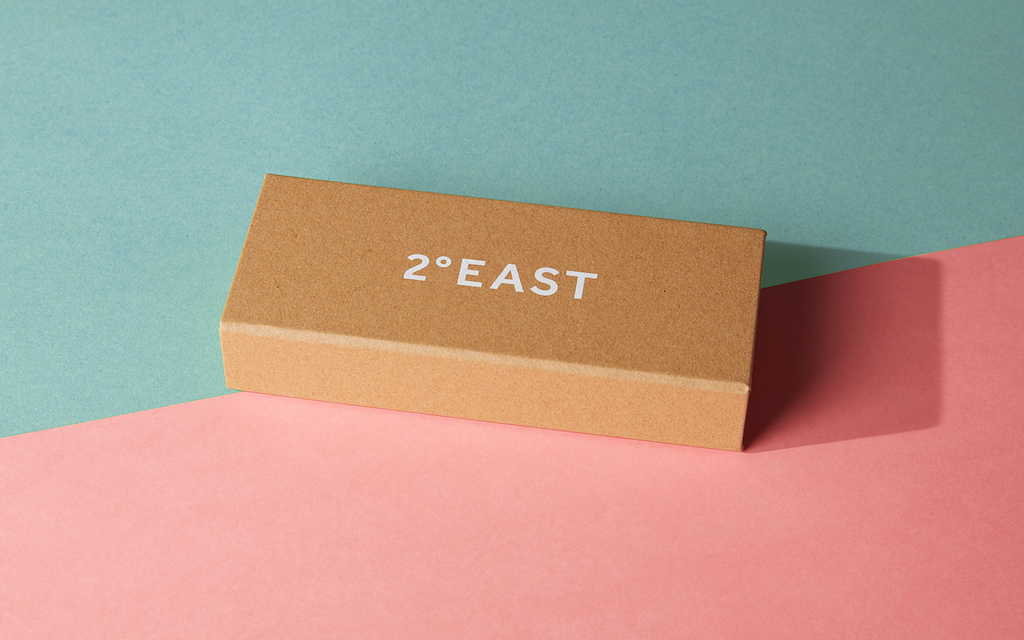
And unlike other brands with a long value chain that is notoriously difficult to navigate, partnering with Zhang, who owns and operates the Shenzhen-based factory where 2°EAST watches are manufactured, means that the company can offer greater transparency and responsibility about the ethics and environmental impact of production.
“Ron manufactures our watch cases and assembles our watches at his factory, and we source the specialised components from local suppliers,” shared Lim. “Our dials, crystals, hands, and buckles are made in a city about an hour’s drive north, and the mesh bracelets are produced nearby to Ron’s factory.”
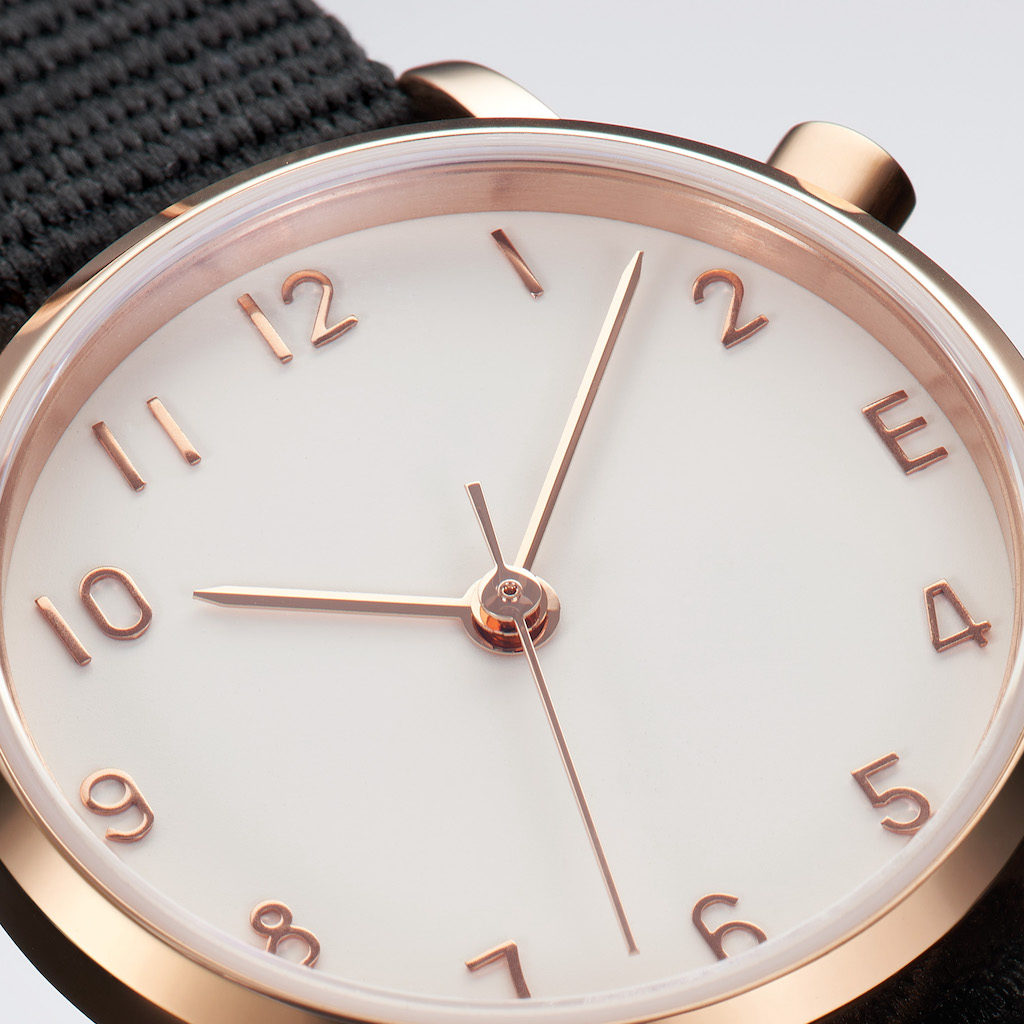
That means that each of these suppliers are within reach of the co-founder, who has visited each personally to ensure that the sourced materials adhere to ethical and environmental standards. However, Lim is clear that “we are not perfect” and that there is always more work to be done.
“While we have traced much of our supply chain, some of our components are complicated, and involve suppliers to our suppliers’ suppliers,” she explains. “In the future we aim to trace our supply chain further back, to understand more about where all the suppliers listed above source their raw materials, and continuously improve transparency and working conditions all the way back through this chain.”
All images courtesy of 2°EAST, unless otherwise credited.
This is a Green Queen Media partner post.


